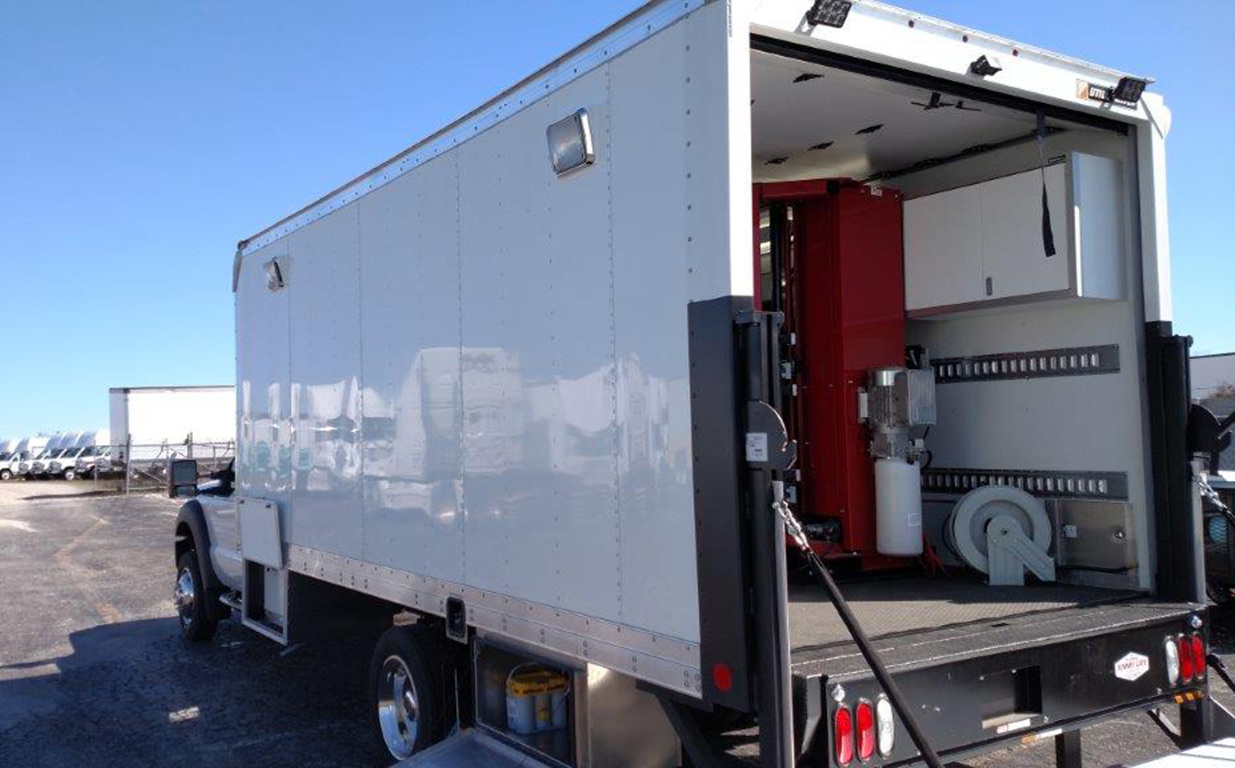Effective Flat Tire Repair Las Vegas - Mobile Help
Effective Flat Tire Repair Las Vegas - Mobile Help
Blog Article
Tire Solution: Proven Methods for Optimal Tire Upkeep and Care
Keeping optimum tire condition is extremely important for both security and efficiency of any car. From ensuring appropriate tire stress to regular rotation and placement, there are tried and tested approaches that can dramatically prolong the lifespan of your tires and improve general driving experience. As we discover the ins and outs of tire treatment and maintenance, we will uncover vital guidelines that every car proprietor should follow for the very best possible outcomes. Let's look into the world of tire service and discover the tricks to maintaining your tires in top-notch form for the lengthy haul.
Relevance of Tire Stress
Adequate tire stress advertises far better fuel performance, as under-inflated tires can lead to increased rolling resistance, triggering the engine to work more challenging and consume even more fuel. Appropriate tire pressure makes sure also step wear, enhancing tire long life and saving cash in the lengthy run by postponing the requirement for early substitutes. Consistently changing and examining tire stress, especially in the past long journeys, is a basic yet effective means to boost lorry performance, prolong tire life-span, and prioritize security on the roadway.
Tire Rotation Standards
When thinking about tire turning guidelines, it is vital to comprehend the relevance of this upkeep task in optimizing tire life expectancy and keeping ideal car performance. Tire turning involves changing the position of each tire on an automobile to guarantee even tread wear. Front tires have a tendency to wear much more quickly than rear tires as a result of steering forces, making routine rotation essential for balanced wear patterns. The suggested turning pattern varies relying on whether an automobile is front-wheel, rear-wheel, all-wheel, or four-wheel drive. Commonly, tires must be rotated every 5,000 to 7,500 miles, or as suggested in the automobile handbook. Overlooking tire turning can cause irregular wear, impacting handling, traction, and possibly compromising automobile safety. By sticking to proper rotation standards, drivers can prolong the life of their tires, enhance gas efficiency, and enhance overall driving experience. Routine rotation is a simple yet reliable maintenance practice that contributes substantially to tire long life and car efficiency.

Advantages of Wheel Alignment
Making certain appropriate wheel placement after tire turning is essential for preserving well balanced wear patterns and making best use of vehicle performance. Wheel positioning refers to the adjustment of the angles of the wheels to the manufacturer's specs. One of the key advantages of wheel alignment is enhanced managing and steering action. When the wheels are correctly straightened, it reduces guiding initiative, guaranteeing a smoother and much more regulated driving experience. Additionally, appropriate wheel placement helps to extend the life expectancy of your tires. Misaligned wheels can cause irregular tire wear, bring about early tire substitute and boosted maintenance expenses.

Tire Tread Deepness Check
Doing a routine inspection of tire walk depth is essential for keeping safe driving conditions and prolonging the life expectancy of your tires. The walk on your tires plays a vital duty in supplying traction, particularly in damp or unsafe problems. To examine your tire walk depth, you can utilize a step depth gauge or the cent test. The advised walk depth goes to least 2/32 of an inch. It is time to change your tires to make certain ideal performance and security on the road if the walk deepness is below this threshold. Unequal walk wear can show concerns with tire pressure, positioning, or suspension, highlighting the importance of regular tread depth checks. Disregarding to keep an eye on and keep proper walk depth can result in reduced grip, longer braking ranges, and an increased threat of hydroplaning. By including tire step deepness check out your regular maintenance timetable, you can drive with self-confidence knowing that your tires remain in top condition.
Seasonal Tire Inspection
Seasonal tire evaluation is an essential facet of tire maintenance that makes certain tires are ready to face the obstacles presented by various weather conditions. In prep work for winter, it is crucial to inspect the tire pressure frequently as cool temperatures can trigger tire stress to go down. By performing routine seasonal tire assessments, chauffeurs can prolong tire lifespan, boost gas effectiveness, and most importantly, guarantee a safe navigate here and secure driving experience in differing weather condition problems.
Conclusion
In verdict, maintaining correct tire pressure, revolving tires frequently, lining up wheels appropriately, checking tread depth, and carrying out seasonal inspections are essential practices for optimal tire treatment. By adhering to these shown methods, motorists can ensure their tires last longer, perform far better, and add to total vehicle security. It is necessary to focus on tire maintenance to stop mishaps, enhance fuel performance, and extend the life expectancy of tires.
Sufficient tire pressure promotes much better gas performance, as under-inflated tires can lead to enhanced rolling resistance, triggering the engine to work tougher and take in more gas.When considering tire rotation standards, it is vital to understand the importance of Continued this maintenance job in taking full advantage of tire lifespan and maintaining optimum automobile performance. Seasonal tire evaluation is a fundamental aspect of tire maintenance that guarantees tires are all set to encounter the challenges positioned by different weather problems. By conducting routine seasonal tire examinations, drivers can extend tire lifespan, improve gas performance, and most importantly, guarantee a safe and secure driving experience in varying climate problems.
In conclusion, keeping proper tire pressure, turning tires frequently, lining up wheels properly, checking tread depth, and carrying out seasonal evaluations are necessary practices for ideal tire care.
Report this page